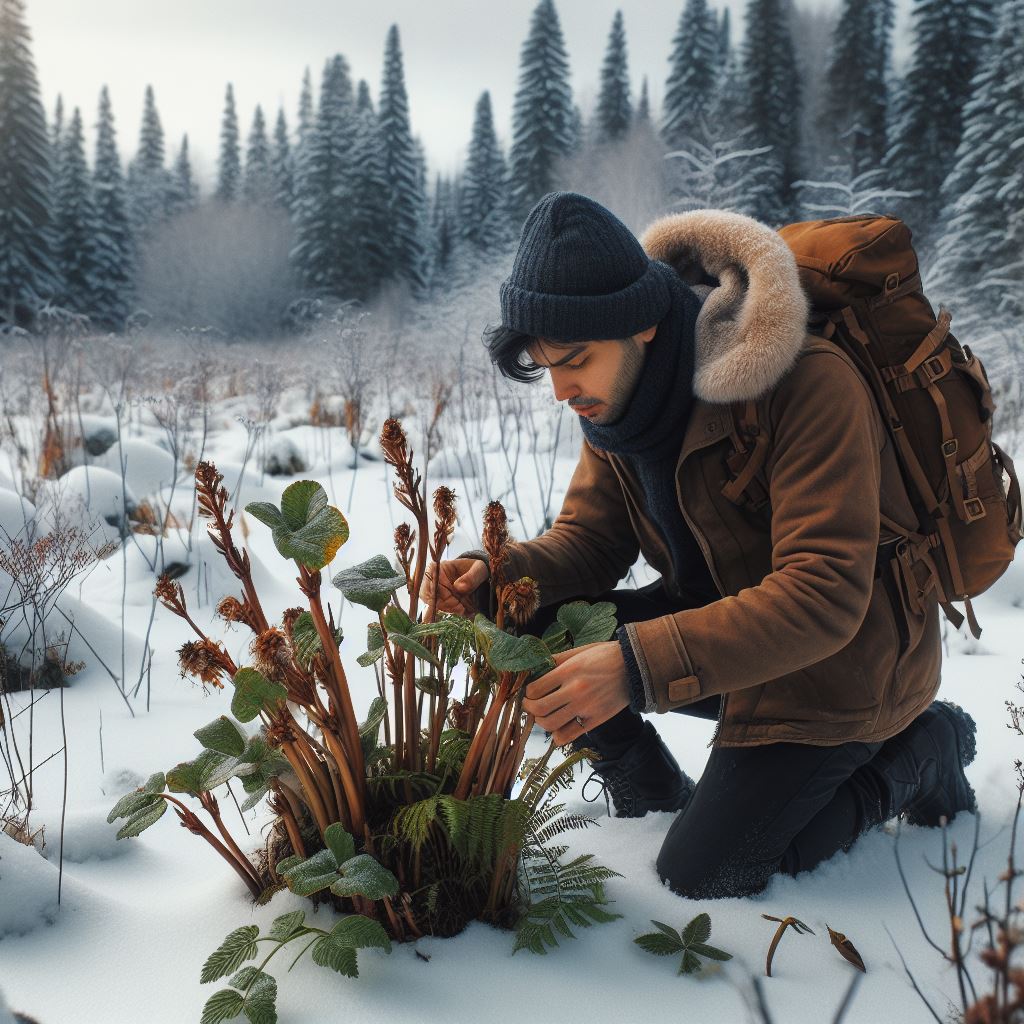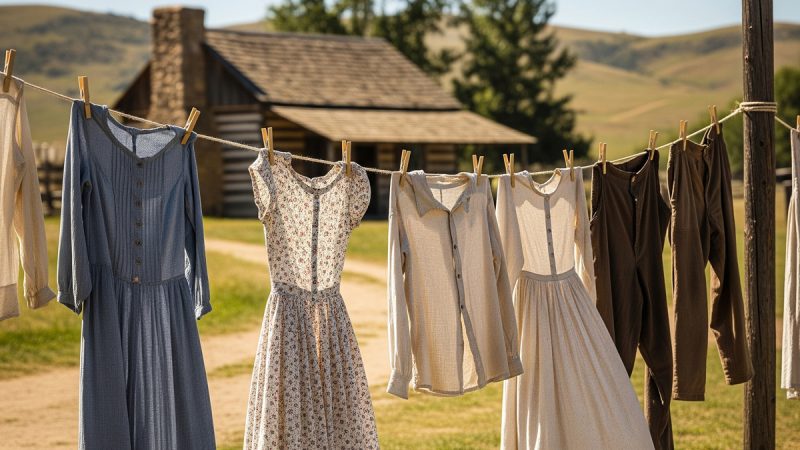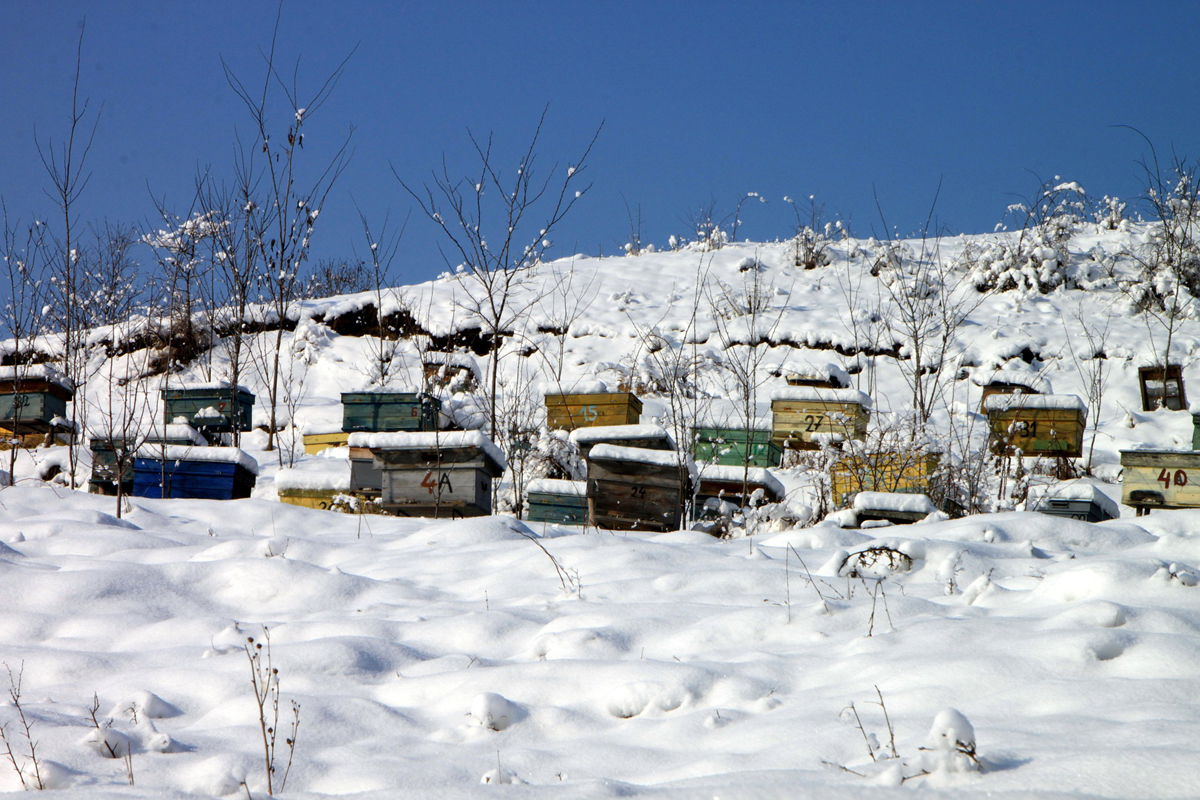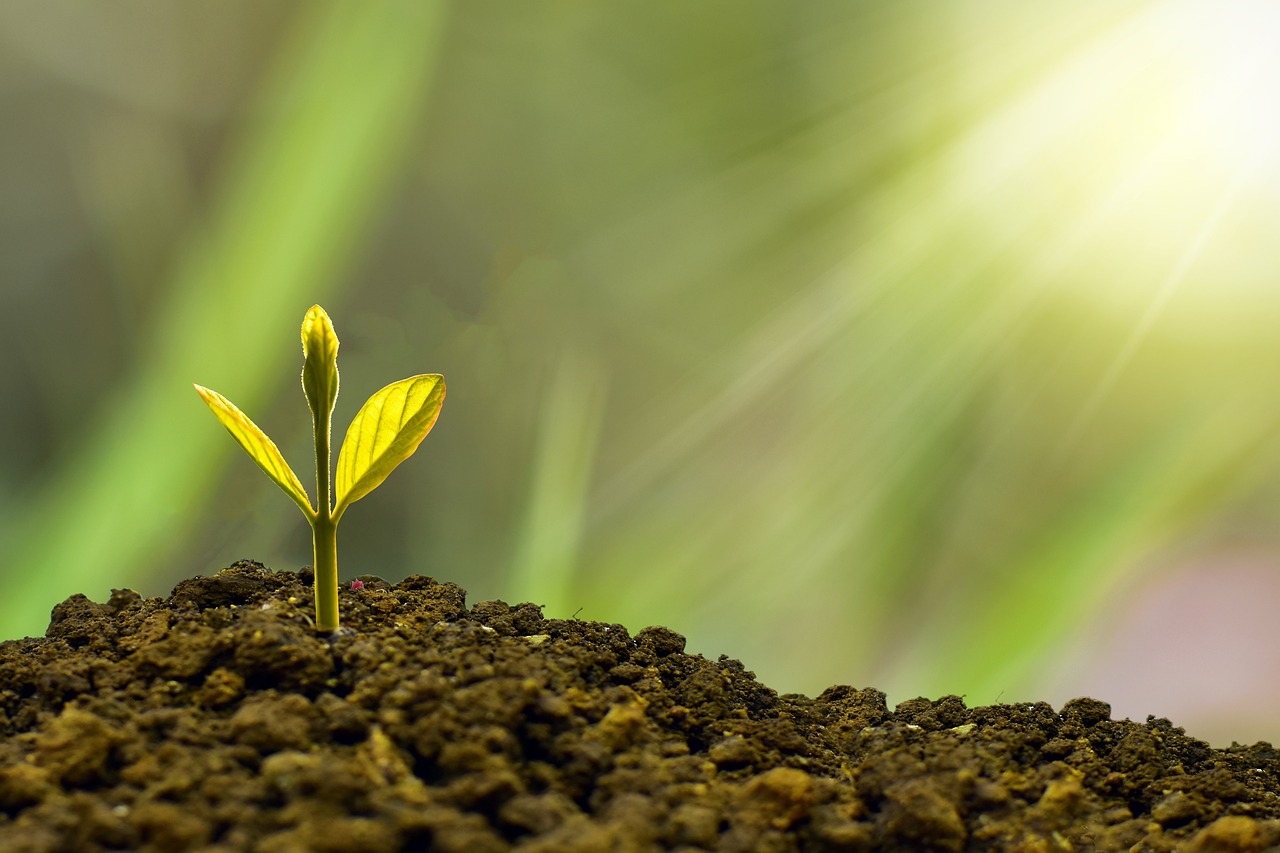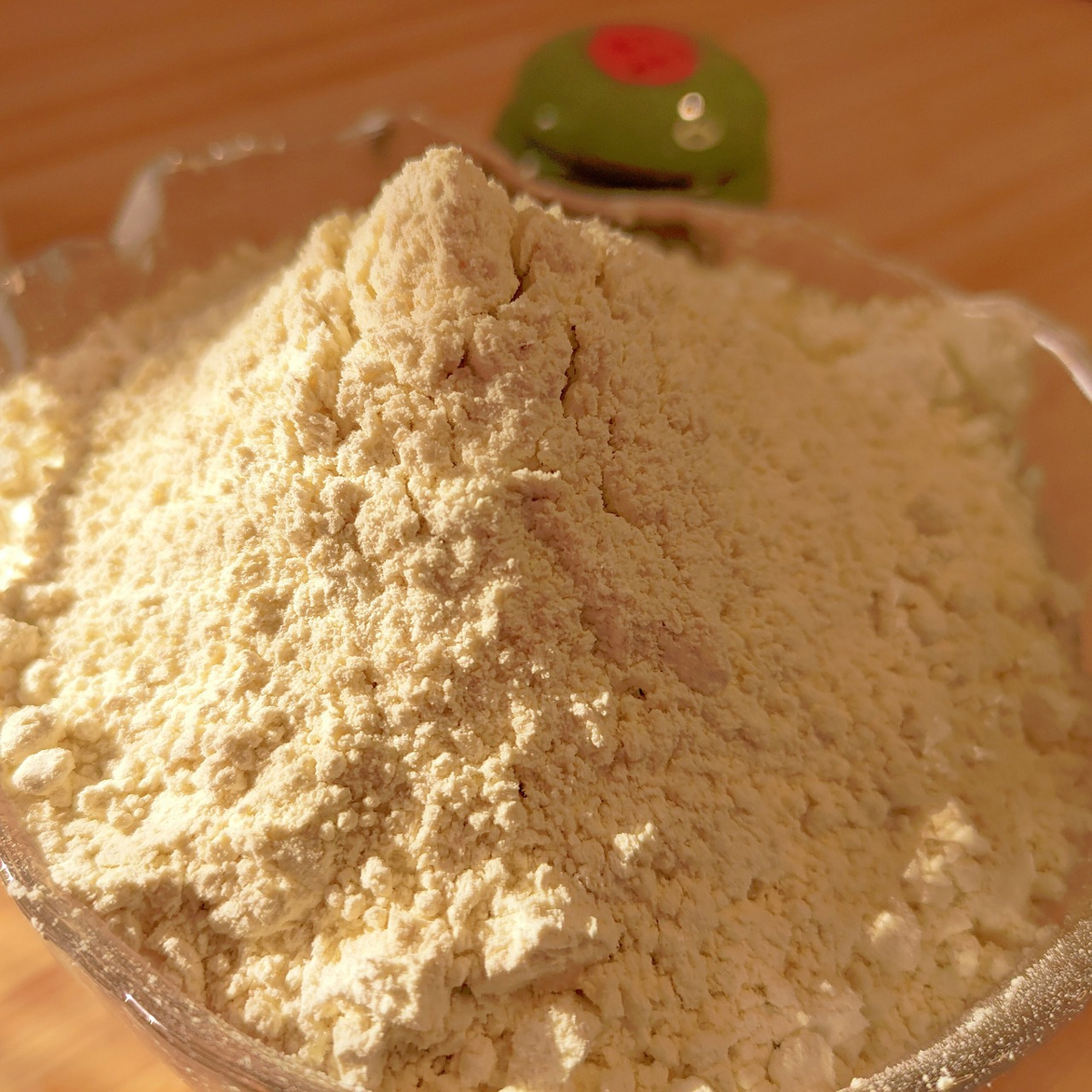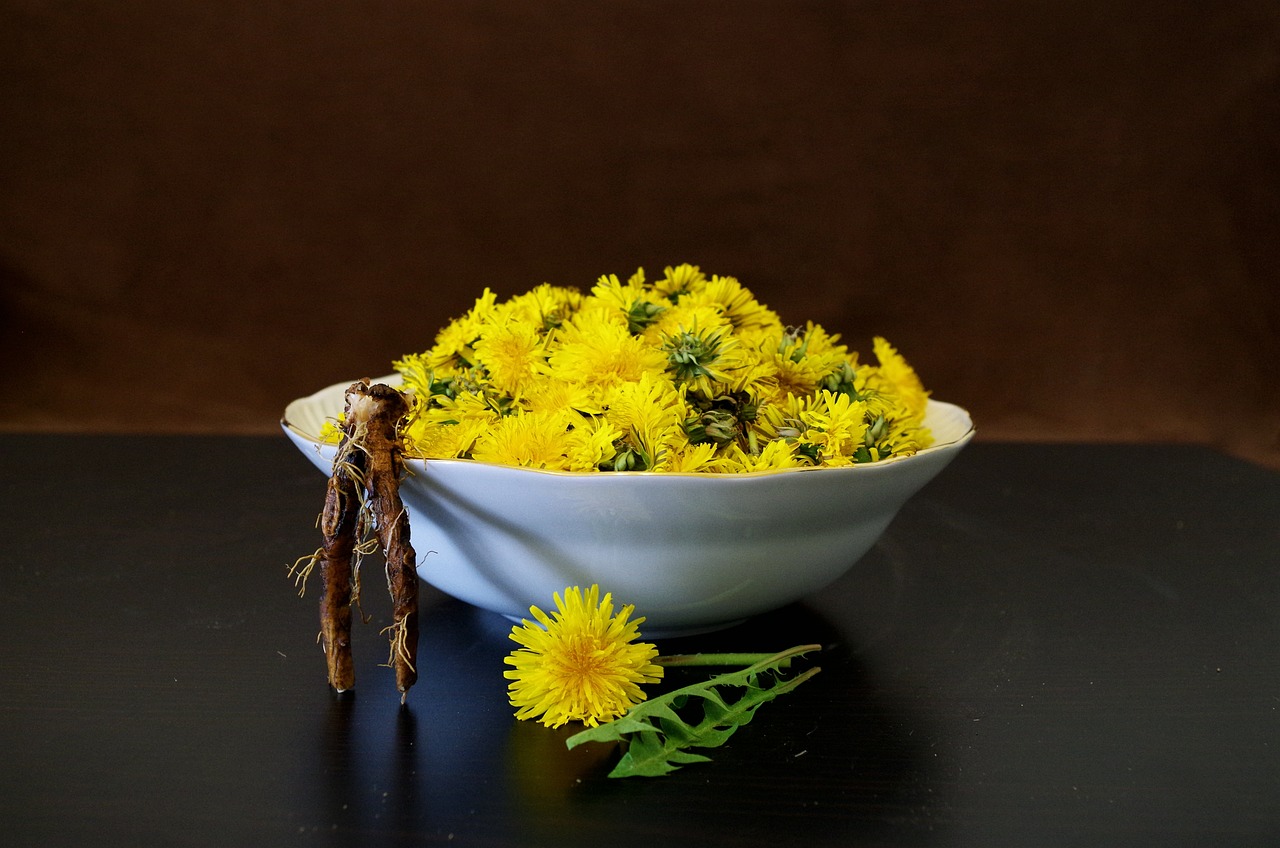Grandma Had a Feather Bed, And a Canning Cellar!
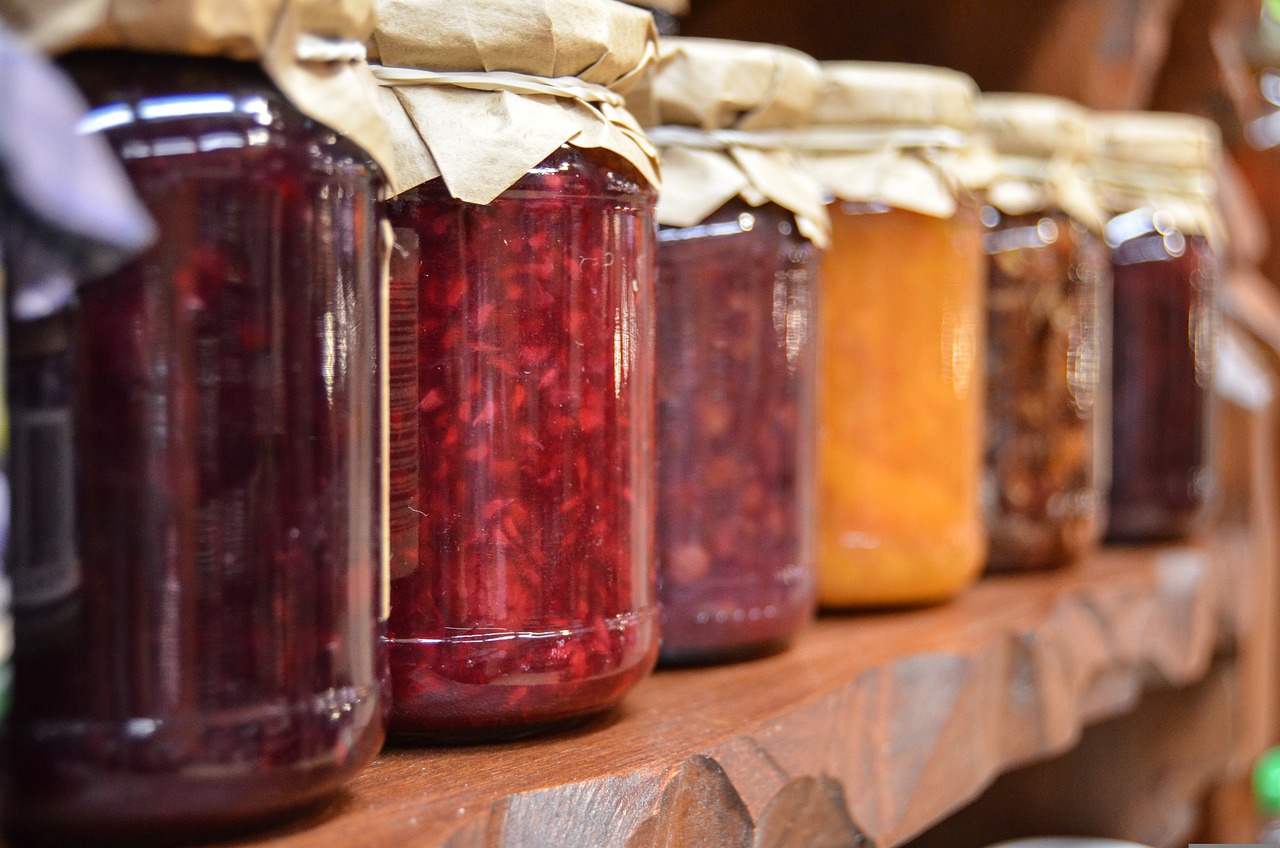
Some of you may have memories of a grandmother’s cellar cache of jams, jellies, fruits, vegetables, relishes, pickles, and sauces. On a frosty morning in the middle of winter, she would serve freshly baked bread at breakfast with a berry spread that tasted like the fruit had just been harvested. The crunchy snap of a pickle at lunch, a side dish of peaches or pears you swore just fell from the tree might fool your taste buds into thinking that it was still growin’ time. While outside winds howled and snow blew, there would be bowls of warmed corn, string beans, and zucchini smothered in stewed tomatoes on the dinner table. They might have been canned during the most recent harvest. They might have been put up several seasons before. You couldn’t tell. What is canned today can last for years.
Those were gentler and slower-paced times, to be sure, and without artificial preservatives, canning was simply a given in many households. Those Norman Rockwell days are no more, but one thing remains a constant. When produce is at peak freshness, canning will assure the palette of “nothing like it” taste – regardless of the time of year. As life became more complicated and demanding of our energies and hours, we welcomed convenience foods, fast foods and “instant anything.” We were ever so grateful for things like MSG, sulfur dioxide, sodium nitrate, BHA, BHT, ethanol and methylchloroisothiazolinone (in addition to artificial coloring, wax, and pesticides). And, don’t forget, there is the lag time between field and store when vitamins and minerals simply tire of the journey so fewer are left by the time they reach the table. We forgot what really fresh food tasted like and settled for “good enough.”
A funny thing happened, however, on the way to a downsized economy! Unemployment and diminished incomes became the mothers of re-invention for many. Suddenly people were plowing up backyard lawns and replacing them with produce gardens. Some built raised vegetable beds for patios and kept watch on “upside down tomatoes clusters” hanging anywhere they could get some sun. Still others (often those living in apartments/condos) participated in community gardening… a chance to meet new friends and to grow the best of the best in food. Eating healthier was becoming more of a priority and buying locally grown products was seeing a resurgence. Classes in canning and sustainable living practices were springing up around the country. People began gathering for canning bees and canning parties.
Those canning supplies that had taken a back seat in the basement or garage suddenly found themselves being washed off and enjoying a new sense of place and appreciation. Of course, they always knew they could win hands down over cardboard-flavored convenience meals. They were vested in integrity, nutrition, and “just off the farm” flavor.
Okay, the argument can certainly be made that canning is a lot of work. You bet your favorite pickling jar it is! A lot of work. A lot of time. And, it’s certainly messy! When looking at a kitchen counter full of ripe produce, one might be tempted to think… “forget it!” I say, a most predictable and rational response. But then, we know what hard work is. We do it every day. We fight traffic to get to work and then work like hell to keep our jobs.
Canning is a very different type of work and the rewards are not only satisfying, they are yummy beyond words. Canning can bring people together and even become the basis for creating new rituals in an era when rituals are sadly fading from our cultural landscape. Sure, the kitchen gets messy. The slicing, dicing, cooking and sealing don’t come with short cuts. But then, integrity has no short cuts. Hands and arms get sticky (although the sticky tastes darn good!). People who have rediscovered canning tell of how it is complimenting the experience of nostalgia for front porches and more time with family and friends. They are seeing canning as a real boost to health, community and the checkbook.
So, turn off the cell phone, TV, and iPod. Facebook will still be there when your last can has been sealed and stored. Invite a few friends over for a canning fest. Have them contribute to the stash of produce to be canned. Share recipes, sweat, laughter and successes. If after pickling cucumbers the house smells like brine, so what? Take the time with children to teach them about conservation, healthy eating habits, and all things natural. If they resist? Remind them that you just might “can” the iPod and PSP and the next time they see either could be in a jar of tomato sauce nine years later!
Begin with simpler canning methods using cucumbers, tomatoes and fruits. Avoid the frustration of trying complicated recipes at first. Enjoy the “fruits” of your labor and when opening that first can of chemical-free delectables, take pride in work well done. Granny would be so proud!
The Author:
Ben Regan
Photo. Michal Jarmoluk
Source: EA

